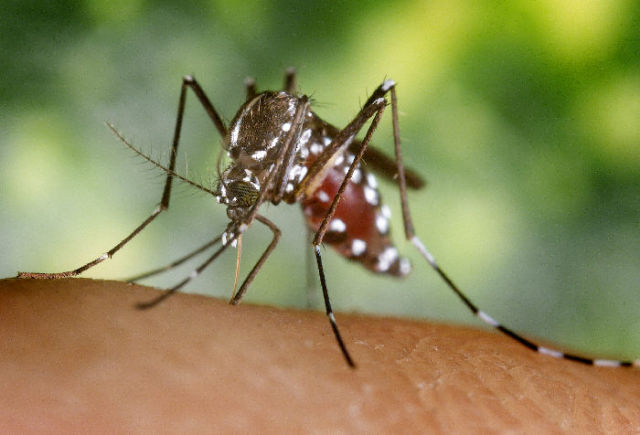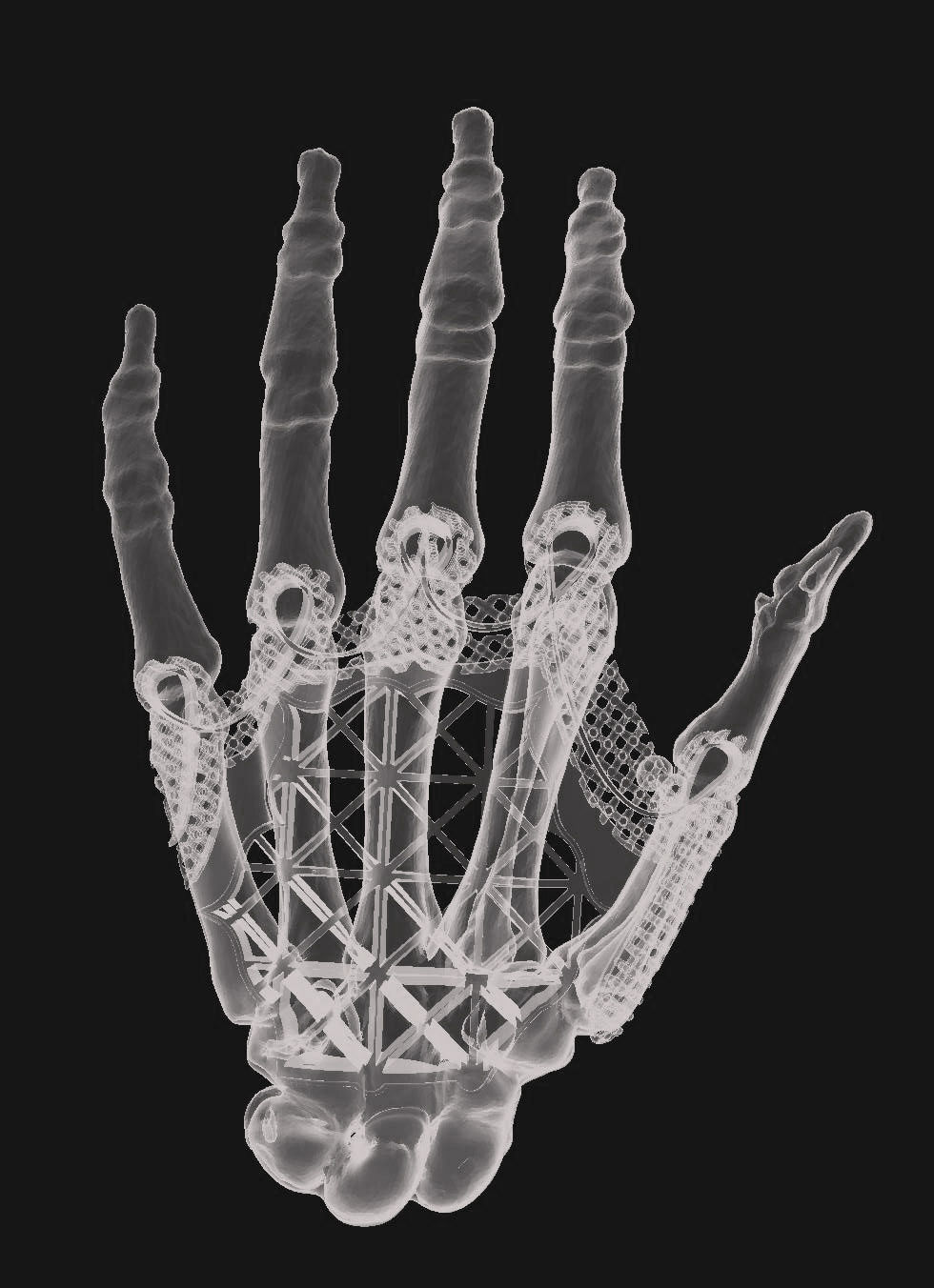
(credit: CDC/ James Gathany)
The US Food and Drug Administration on Monday approved the first human trial of an experimental Zika vaccine, according to a joint announcement by the two companies behind the new therapy.
The companies, Inovio Pharmaceuticals, Inc., based in Pennsylvania, and GeneOne Life Science, Inc., based in South Korea, said that their DNA-based vaccine...




